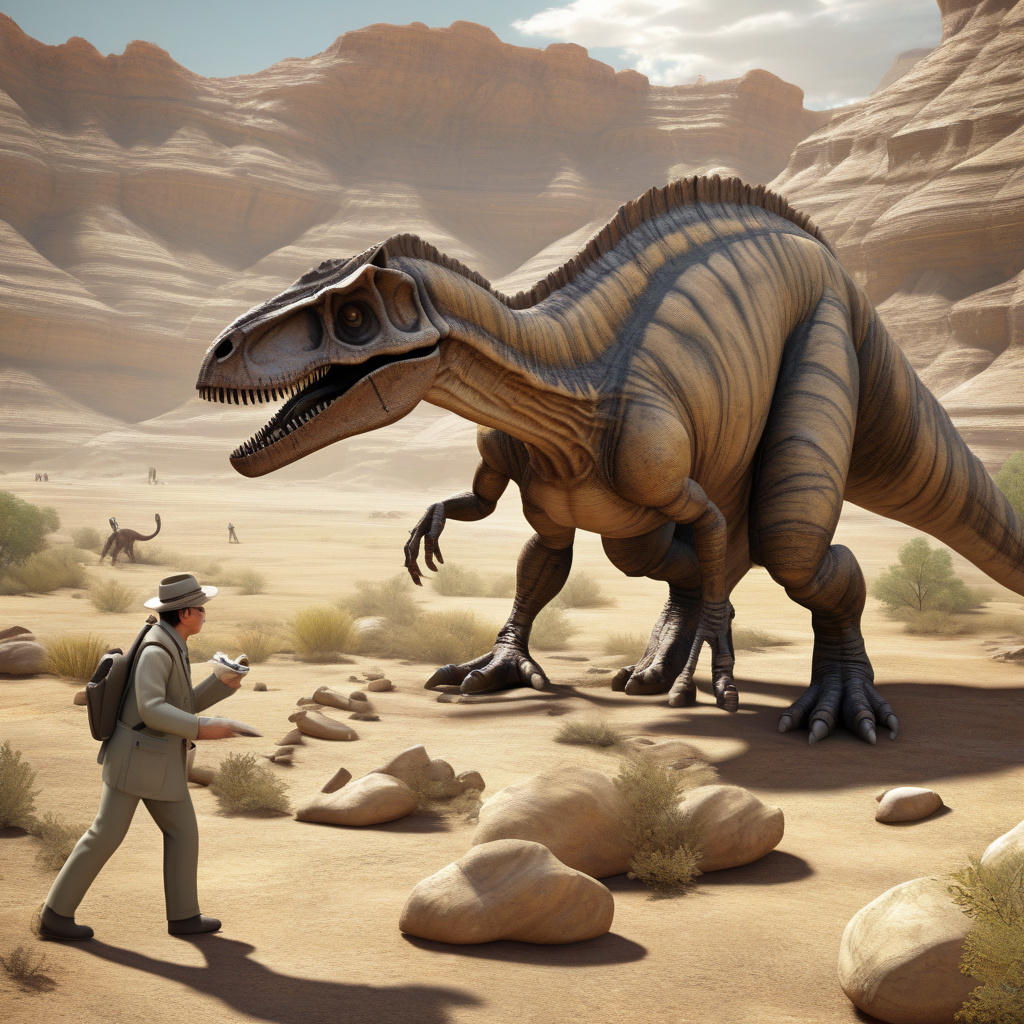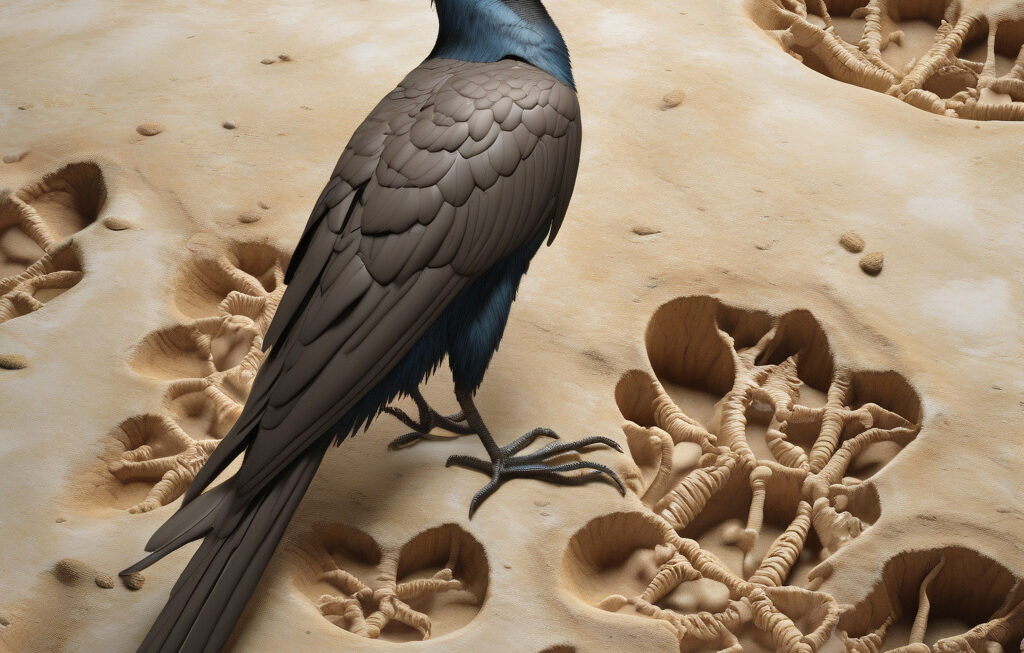220-million-year-old killer dinosaur: Fossil leads to new raptor species discovery
The 1980s saw the unearthing of a long-held secret within the prehistoric rock formation of Ghost Ranch in New Mexico. Scientists stumbled upon a remarkably well-preserved fossil that has since led to the discovery of a new raptor species, shedding light on the mysteries of the ancient world and challenging our understanding of dinosaur evolution.
This newly identified species, named Dineobellator notohesperus, roamed the earth approximately 220 million years ago during the Late Triassic period. With its razor-sharp teeth, sickle-shaped claws, and agile build, Dineobellator was a formidable predator, earning its reputation as a “killer dinosaur” among researchers.
The significance of this discovery extends beyond the mere identification of a new dinosaur species. Dineobellator belongs to the dromaeosaurid group, which includes the infamous Velociraptor. By studying the anatomical features of Dineobellator, scientists can gain valuable insights into the evolution and behavior of raptors, painting a more detailed picture of the ancient ecosystem they inhabited.
What sets Dineobellator apart from its relatives is its unique combination of traits, such as elongated foot claws and a fused tail vertebra, suggesting adaptations for swift and precise movements. These characteristics hint at a hunting strategy that likely involved ambush tactics and coordinated group behavior, similar to those observed in modern-day raptors like eagles and hawks.
The discovery of Dineobellator underscores the importance of continued paleontological research in unraveling the mysteries of the past. Fossils like the one found at Ghost Ranch provide a rare glimpse into a bygone era, offering clues about evolutionary patterns, ecological interactions, and the resilience of life on Earth.
Moreover, this finding highlights the collaborative nature of scientific inquiry, as researchers from different disciplines work together to analyze, interpret, and communicate their findings to the broader public. Through detailed anatomical studies, digital reconstructions, and comparative analyses, paleontologists can reconstruct the story of Dineobellator and its place in the larger tapestry of dinosaur diversity.
As technology advances and new fossil sites are discovered, the field of paleontology continues to evolve, pushing the boundaries of our knowledge and challenging preconceived notions about the past. Each new discovery, such as the one at Ghost Ranch, adds another piece to the puzzle of Earth’s history, inviting us to reconsider our place in the vast timeline of life on this planet.
In conclusion, the 220-million-year-old killer dinosaur, Dineobellator notohesperus, represents more than just a fascinating fossil find—it embodies the spirit of exploration, curiosity, and discovery that drives scientific inquiry forward. By piecing together the clues left behind in the rock layers, researchers can unlock the secrets of the ancient world and inspire awe and wonder in all who marvel at the wonders of natural history.
paleontology, dinosaur, discovery, evolution, research












